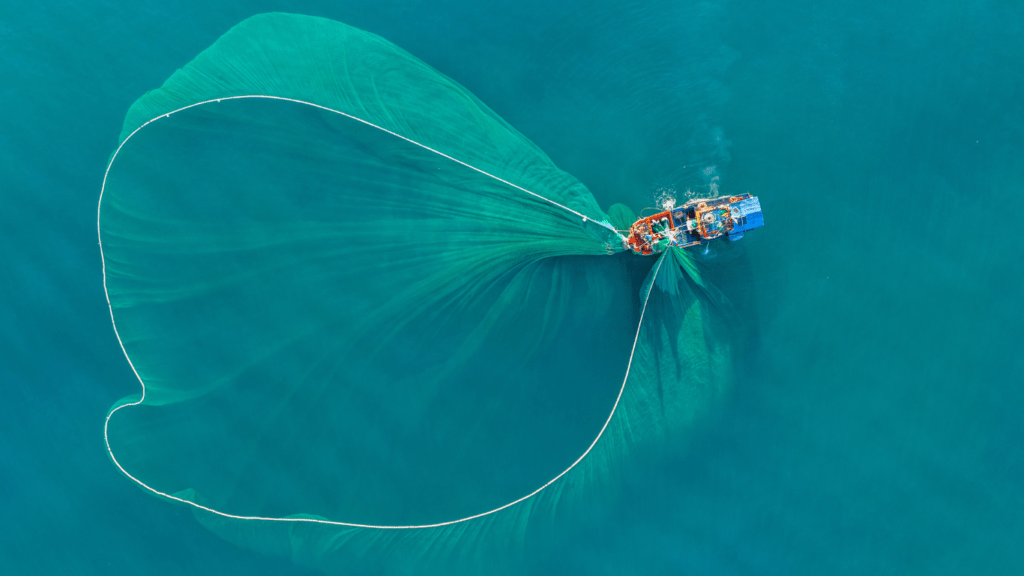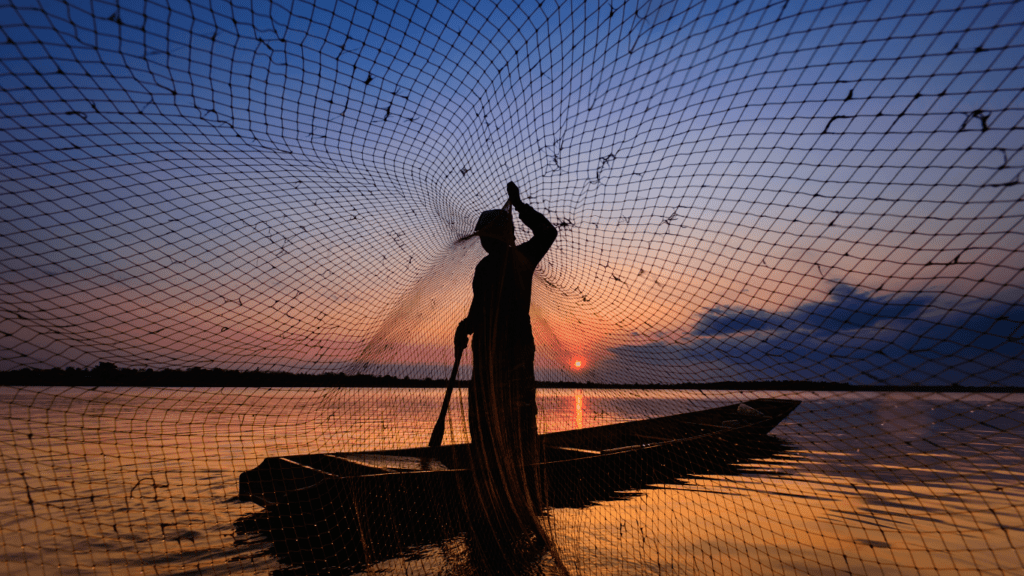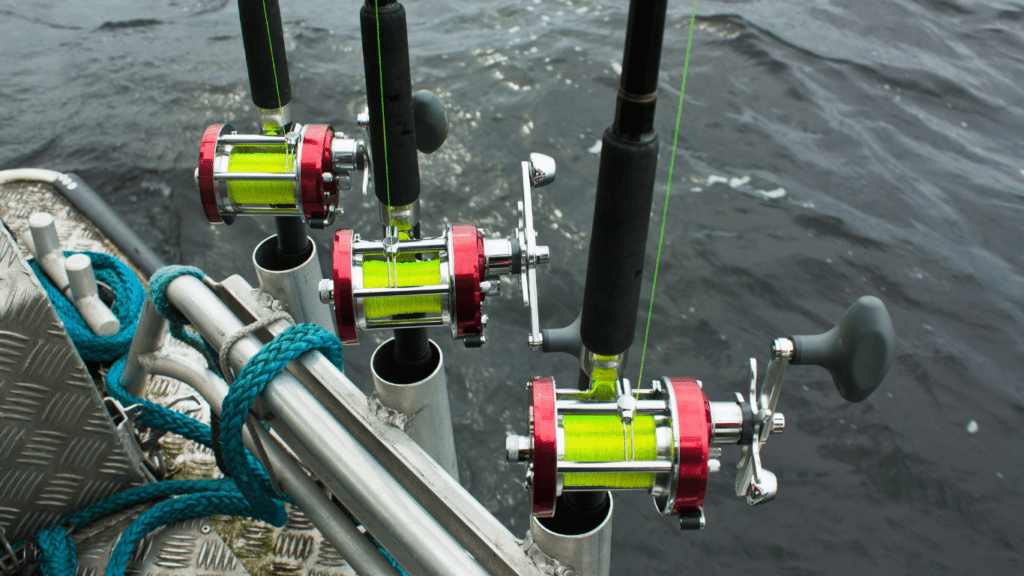Understanding Sustainable Fishing
Sustainable fishing focuses on balancing seafood demand with the preservation of marine ecosystems. It’s a pivotal approach in tackling the challenges of overfishing and habitat degradation.
What Is Sustainable Fishing?
Sustainable fishing involves harvesting fish stocks at a rate that allows populations to replenish naturally. It minimizes bycatch and protects critical habitats like coral reefs. For example, methods like pole-and-line fishing reduce accidental catches of non-target species. Certification programs such as the Marine Stewardship Council (MSC) label help consumers identify sustainably sourced seafood.
The Importance of Sustainable Practices
- Sustainable practices protect biodiversity by maintaining ecological balance in marine environments.
- Overfishing depletes species, which disrupts food chains and damages ecosystems.
- Maintaining tuna populations contributes to predator-prey dynamics crucial for ocean health.
- Economically, sustainable fishing supports long-term livelihoods for fishing communities, avoiding short-term exploitation that leads to stock collapse.
- Regulatory efforts, like fishing quotas and marine protected areas, ensure these goals are achievable.
Drivers Behind the Rise of Sustainable Fishing

The shift toward sustainable fishing is driven by multiple factors, including:
- ecological priorities
- growing consumer awareness
- regulatory frameworks
These elements collectively transform how the fishing industry operates globally.
Environmental Concerns
Overfishing and habitat destruction create severe ecological challenges, driving efforts to protect marine ecosystems. Depleting fish populations disrupt entire food chains, affecting species like seabirds and larger predators. Sustainable fishing prioritizes maintaining ecological balance and reducing harm to critical habitats like coral reefs and mangroves. According to the Food and Agriculture Organization (FAO), 34% of global fish stocks were overfished in 2020, highlighting the urgency for sustainable practices.
Consumer Demand for Responsibility
Consumers increasingly seek environmentally responsible products, pushing businesses to adopt sustainable sourcing. Certifications, such as those from the Marine Stewardship Council (MSC) or Aquaculture Stewardship Council (ASC), guide purchasing choices. Labels indicating sustainable seafood have gained importance, with surveys showing around 75% of consumers considering sustainability when buying seafood. Rising awareness about overfishing and its long-term impacts strengthens this trend.
Regulatory Changes and Policies
Governments implement stricter policies to safeguard fish stocks and marine ecosystems. Measures like fishing quotas, bycatch reduction mandates, and marine protected areas improve industry practices. In the European Union, the Common Fisheries Policy enforces sustainable catch limits. The United Nations’ Sustainable Development Goal 14 emphasizes conserving marine resources, promoting international collaboration. Effective enforcement ensures compliance and accountability across the fishing sector.
Innovations Transforming the Fishing Industry
Technological advancements and sustainable practices are reshaping the fishing industry. These innovations aim to enhance efficiency, reduce environmental impact, and support long-term marine health.
Advanced Fishing Technologies
The integration of advanced technology is improving the precision and sustainability of fishing operations. Satellite tracking systems allow me to monitor fishing vessel activities and ensure they comply with no-take zones and international regulations. Sonar systems with greater accuracy identify target fish species, minimizing bycatch of non-target species like dolphins or juvenile fish. Additionally, blockchain-based traceability solutions provide transparency in seafood supply chains, letting consumers verify the sustainability of their purchases.
Sustainable Aquaculture
Sustainable aquaculture is reducing pressure on wild fish populations. I’m seeing more use of recirculating aquaculture systems (RAS), which recycle water and limit pollution in nearby ecosystems. Researchers are developing alternative feed sources, such as algae-based or insect-derived feeds, to replace fishmeal and fish oil in aquaculture diets. Offshore aquaculture farms, operating in deeper waters with fewer ecological disruptions, exemplify innovations prioritizing environmental stewardship while increasing seafood production.
Eco-Friendly Fishing Gear
Eco-friendly fishing gear reduces harm to marine life and habitats. Biodegradable nets, for example, prevent long-term damage in case of loss, unlike traditional plastic nets. Bycatch reduction technologies, such as sorting grids or escape panels, allow non-target species to avoid entanglement. Weighted hooks help lower seabird bycatch by ensuring faster sink rates during longline fishing. Gear advancements like these align my activities with sustainability goals while protecting ocean biodiversity.





